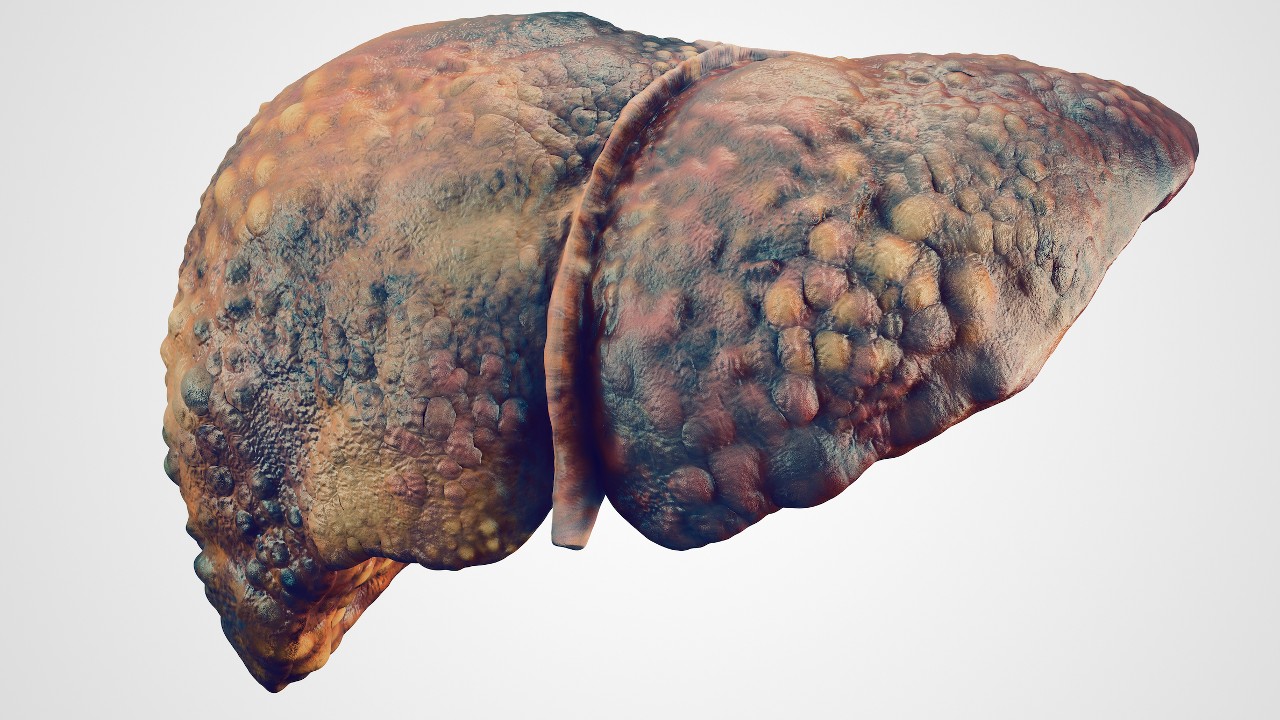In CPD modules
Bookmark
After completing this module, you should be more aware of:
- The continuing increase in liver disease
- The three main preventable contributory factors for the majority of liver disease
- The liver’s extensive range of functions
- Significant cell types in the liver and their function
- The progression of liver disease through to cirrhosis
- How alcohol, sugars and saturated fats can lead to liver disease
- Types of drug-induced liver injury (DILI)
- Common drugs associated with DILI
- Prescribing implications in liver disease
- Use of medication to manage liver disease
Liver diseases affect more than one in ten people at some time in their lives. The incidence of nearly all types of liver disease is growing, making it the only major cause of death that has been increasing in the UK.1
More than 40 people die each day in the UK due to liver disease, with deaths having increased 400 per cent since 1970. Together, liver disease and liver cancer caused 2.5 per cent of deaths in England in 2020. Almost half of those who die of liver disease are in the working adult age range (18-65 years) making liver disease from specific causes the second biggest cause of premature death.2,3
Hospital admission rates in England due to liver disease more than doubled in the period 2010-2020, with 77,180 admissions in 2019-20, a rate of 143.6 per 100,000 population. However, during the first year of the Covid-19 pandemic in 2020-21, admissions fell to 67,458 or 124.3 per 100,000 population. There are around 1,000 liver transplants each year with 350 people on the liver transplant list at any one time.2,4

